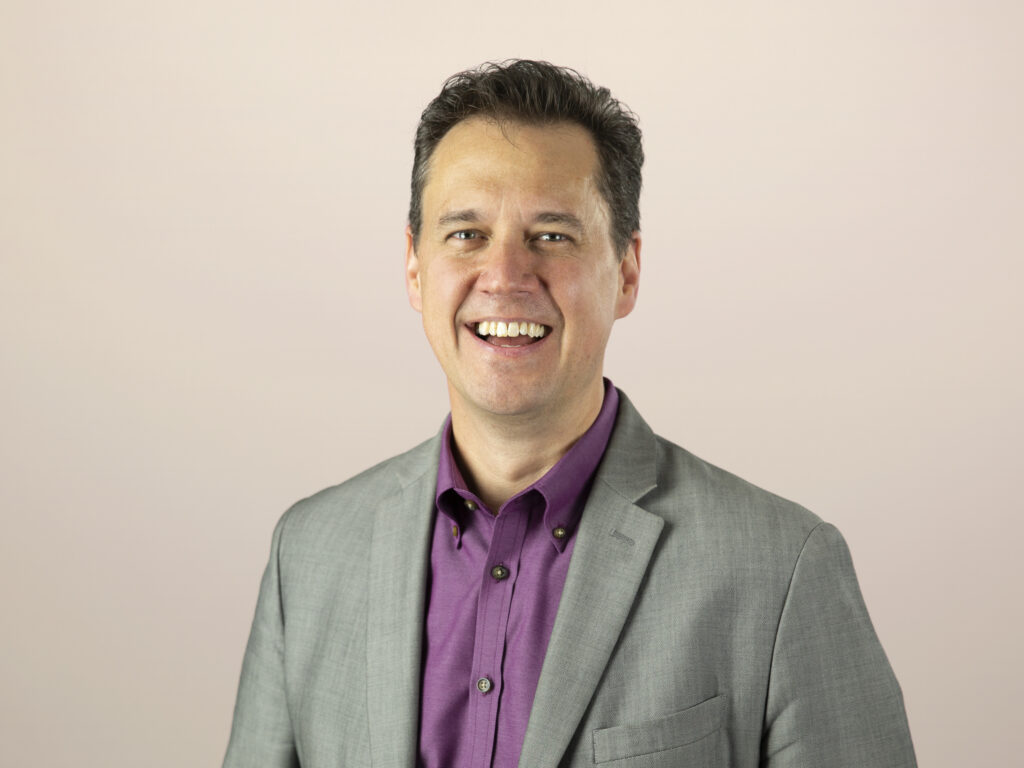Oprah abandons broadcast TV for a life in cable: Oprah, we need to talk…
Just this Monday Sarah Palin told Oprah she was "the queen of talk shows." Which might mean there's no better time to abdicate the throne than when you're clearly on top (and when the #2 talk show, Dr. Phil is produced by you).
But Oprah didn't just announce that when she wraps her 25th season in 2011 she will wrap the show for good. No, she announced that she would also begin the next chapter in her mega-successful life: she's going to move to cable. Her cable network, titled OWN, for Oprah Winfrey Network, was actually announced some time ago, so while that's not news, the fact that Ms. Winfrey is moving away from daytime television's most-watched show to build a fledgling cable network is an eyebrow-raiser.
Because cable TV is no safe haven away from the woes of broadcasters.
Audiences are fragmenting, cable TV is having a harder and harder time maintaining viewers in the face of the DVR and Hulu one-two punch. In fact, OWN was supposed to be up and running this winter but was postponed because of the challenging advertiser climate. It's a climate that's not going to get dramatically better even if our economy continues to improve. That's because advertisers have many alternatives for their advertising dollars, including the Internet, where more and more spending is shifting every day, reaching nearly $26 billion this year (see our July 2009 Interactive Marketing Forecast report for more detail).
Does that mean we're waving Air Oprah off the cable runway? No, we think cable is a great place for the Oprah empire. Beyond 500-channel programming lineups that are under threat, cable does have some serious advantages going into the next decade including high-speed broadband connections and control of the home network. Then take one look at O magazine and you'll see a smorgasbord topics that can easily feed a cable network and satisfy Oprah's devoted followers using those technologies better than they're used today.
That's why we offer Oprah our free advice, as if we had her here on the couch in our very own studio. Here's what we would say:
- Insist on Internet delivery of your content. Existing cable networks — including Discovery Communications, your 50-50 partner in OWN — are stuck in contracts they negotiated under analog assumptions. They involve separate licenses and all kinds of exclusive restrictions for linear feeds, VOD content, and online content — which is why there's precious little of the latter coming out from cable nets. Tell your new cable MSO partners that you understand their need to make money from subscribers and from advertising — offer to help by leading them to the future, insisting on a single license to your shows that they can use online, over mobile, and in VOD. But require that they invest in reaching your audience with those platforms with the threat that you will if they don't. Which leads to…
- Charge for access to your experience. If you can help it, don't roll yourself up in tier 1 of the cable lineup — while it is tempting to make a grab for a large audience, you want people to pay for you like they do for Disney. You're not just charging for content, however, you're charging for access: your customers will pay for convenient access to OWN on multiple platforms so they can get their fix in the living room, kitchen, bedroom, or even when applying the mascara you recommended in the bathroom. On whatever device they happen to be near. Even if you do go tier 1, you can always make multiplatform access a premium experience — tie it to the magazine subscription if you must, but do it. Help us prove that people will pay for what they value: easy access, on any device, to content they believe in.
You get the picture: cable can be good, as long as it's a different cable than the one we all currently experience. So while these points are a bit technical and Oprah probably has people that take care of these things, that's what we would tell her if we could have a face-to-face. (Yes, we might also blather on about our favorite Oprah moments, including the Flashmob with the Black Eyed Peas and 20,000 fans in downtown Chicago, but if we could stay focused on business, that's what we'd say.)
